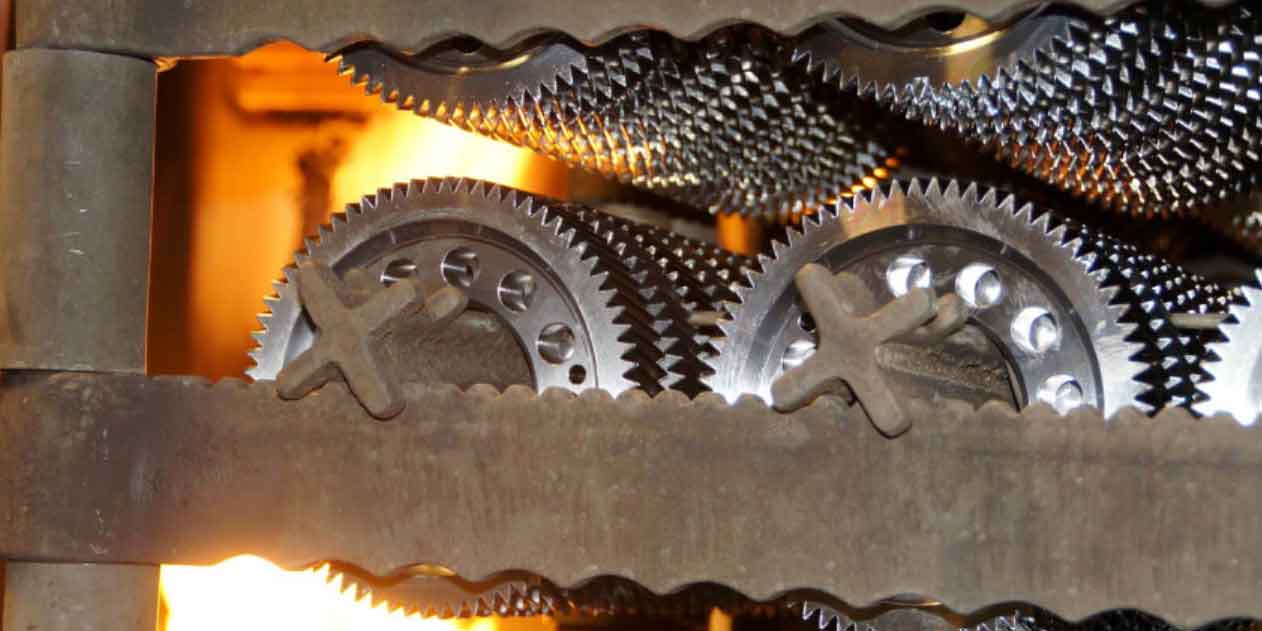Heat treatment of spiral gears can have a significant impact on their microstructure and material properties. The specific effects will depend on the heat treatment techniques employed and the characteristics of the gear material. Here are some general considerations:

- Grain Structure: Heat treatment can influence the grain structure of the gear material. Processes such as heating, cooling, and quenching can refine or coarsen the grain size. Finer grain structures generally offer improved mechanical properties such as strength and fatigue resistance.
- Hardness: Heat treatment techniques like carburizing, quenching, and induction hardening can increase the hardness of the gear material. This is particularly important for spiral gears as they often encounter high contact pressures and sliding forces. Higher hardness levels can enhance wear resistance and reduce the risk of surface damage or pitting.
- Residual Stresses: Heat treatment can introduce residual stresses in the material, which are stresses that remain even after the treatment is complete. These stresses can affect the dimensional stability and performance of the gears. Careful control of heating, cooling, and tempering processes can help manage and minimize residual stresses.
- Retained Austenite: Depending on the heat treatment process and material composition, retained austenite may be present in the microstructure. Retained austenite is a metastable phase that can affect the gear’s mechanical properties. Post-treatment processes like cryogenic treatment or low-temperature tempering can help transform retained austenite into more stable phases, enhancing the overall performance.
- Distortion: Heat treatment can cause dimensional changes and distortion in the gears. This is particularly relevant for spiral gears due to their complex geometry. Proper fixturing, careful selection of heating and cooling rates, and subsequent machining or grinding operations can help minimize distortion and maintain the desired gear specifications.
- Fatigue Strength: Heat treatment can significantly influence the fatigue strength of the gear material. By controlling the microstructure and introducing compressive residual stresses, heat treatment can enhance the gear’s ability to resist fatigue failure and increase its service life.
It is crucial to consider the specific requirements of the spiral gear application when selecting heat treatment processes. Factors such as the gear material composition, desired hardness, load conditions, and operating environment should all be taken into account. Consultation with heat treatment specialists or materials engineers with experience in gear manufacturing can provide valuable insights and help optimize the heat treatment process for spiral gears.
